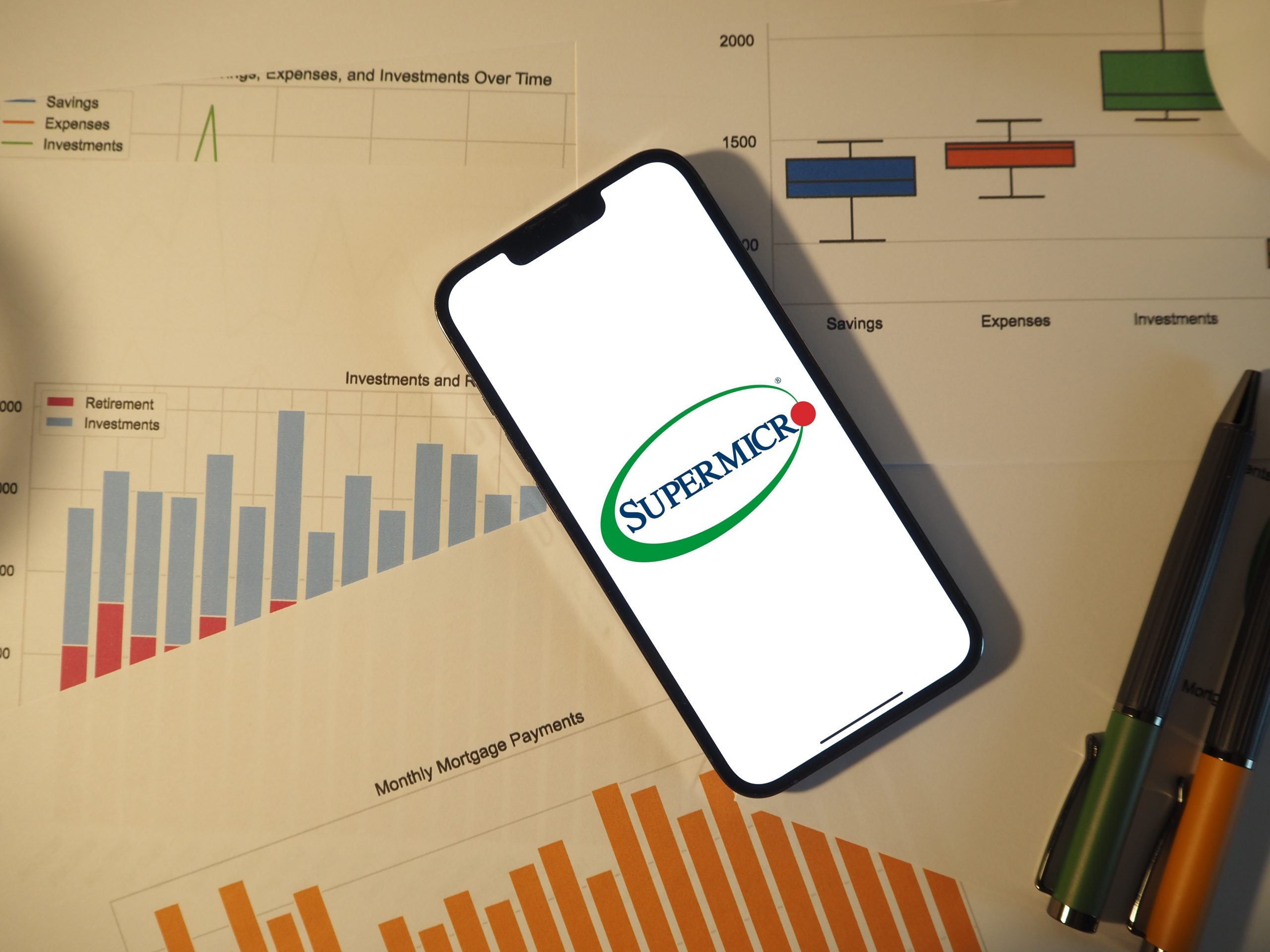(Covered) Call to Action
Savvy investors can turn a 401(k) or IRA into a facsimile of a covered call
Americans store a big chunk of their investments in 401(k) plans or IRAs for two reasons. First, employer matching funds can add up. Second, participants can’t easily withdraw cash to buy an iPhone or a take a tour of Europe. As a result, retirement accounts can build a lot of value over time.
But the sponsors of most plans limit participants’ choices to nothing more than passive mutual or index funds. It’s time to change that. Using the right fund in a 401(k), combined with another simple strategy, can boost returns in normal market conditions and cushion against downturns if the market drops. Let’s see how.
In a normal trading (margin) account, investors can use options to hedge/amplify returns on long stocks—exchange-traded funds (ETFs), for example. But they can’t do that in a 401(k)… or can they? In today’s world of advancing financial technology that’s geared for individual investors, some brokerages allow customers to have a 401(k) or other retirement account and sell calls in them without owning stock. That means that investors can take advantage of the same strategies that a normal trading account would, but with a little more work.
By having a 401(k) invested in an S&P 500 Index fund (which most plan providers have in one form or another), participants can open an IRA account at another broker that allows selling naked S&P 500 calls. Then all they have to do is contribute or transfer enough money to the IRA to meet the buying power requirements the broker mandates for selling naked calls. The result is that they have two retirement accounts—one where their S&P 500 fund resides (the 401(k)) and the other where the short S&P 500 calls reside (the IRA). The net performance and tax implications will be exactly the same as if they were selling covered calls against their long S&P 500 fund in the 401(k).
Now, one question remains: How does an investor know how many calls to sell in the correct proportion to the fund in the 401(k)? Simply take the dollar amount invested in the S&P 500 mutual fund in the 401(k) (the brand doesn’t matter, they all have the same exposure to the index), divide by the price of SPY (the ETF that tracks the S&P 500 and has very liquid options) and then divide again by 100. For example: If an investor places $300,000 in an S&P 500 fund in a 401(k), then divide $300,000 by $300 (the price of one share of SPY), and then divide by 100. The answer in this case is 30 SPY calls. So, selling 30 SPY calls would create an S&P 500 fund covered call between the positions in the 401(k) and IRA account.
Now there’s one more caveat. Because the mutual fund and the calls are held in different accounts, and investors technically can’t close the fund position in the 401(k) without tax consequences, they have to make sure the calls in the IRA are rolled near the end of each expiration cycle or that they are in the money. That way, they avoid any assignment risk in the IRA that would require depositing more money in the IRA, which might not be possible.
The benefit is that investors get the full performance of a covered call strategy when they add the two accounts’ P/Ls together. A drawback is that selling calls in an IRA is capital intensive, meaning the amount of money required in the IRA is much larger than if one were conducting this strategy in a regular trading account. However, investors who have the capital and a willingness to monitor positions at least once a week can enjoy the benefits of a covered call, plus the tax benefits of a 401(k)/IRA.
Click here to learn more about covered calls.
Anton Kulikov is a trader, data scientist and research analyst at
tastytrade. @antonkulikov



















